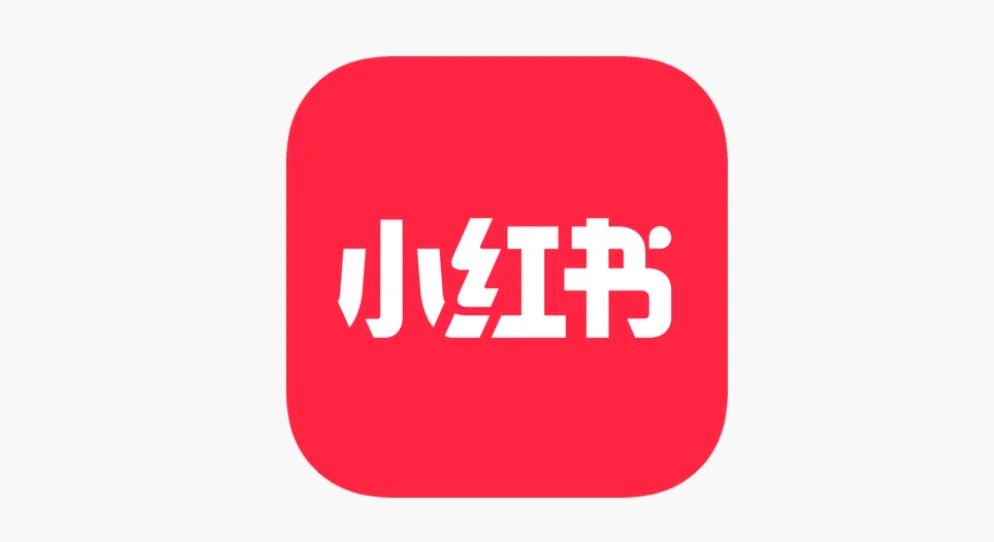Introduction to the Cleo Software Breach
The recent vulnerabilities associated with Cleo software have garnered attention following Clop, a ransomware group with ties to the Russian state, claiming to have hacked 59 companies. These breaches are attributed to a known bug in various file transfer applications, notably Cleo’s Lexicom, VLTransfer, and Harmony. The bug, identified as CVE-2024-50623, was disclosed on October 30, 2024, enabling remote code execution, further amplifying the risks associated with these applications.
Victims of the Clop Ransomware Group
While Clop publicly published a list of its victims on the dark web, many of the named organizations have refuted these claims, asserting that no legal breaches have occurred. One notable exception is Przemyslaw Jedrysik, the spokesperson for Covestro, a German manufacturer, who acknowledged unauthorized access to a U.S. logistics server. He stated that measures have been taken to enhance security and assured that no sensitive information was compromised.
Investigation and Future Implications
Despite the security measures reported, the situation remains precarious, as companies like Hertz and Linfox, which also appeared on Clop’s victim list, categorically denied any breaches. Furthermore, Blue Yonder, another affected entity, is currently investigating potential unauthorized access to its systems. Clop has indicated that it will disclose further details about its attacks and victims by January 21, 2025. As organizations navigate the ramifications of this breach, the long-term impacts on cybersecurity practices and policies become critical.



